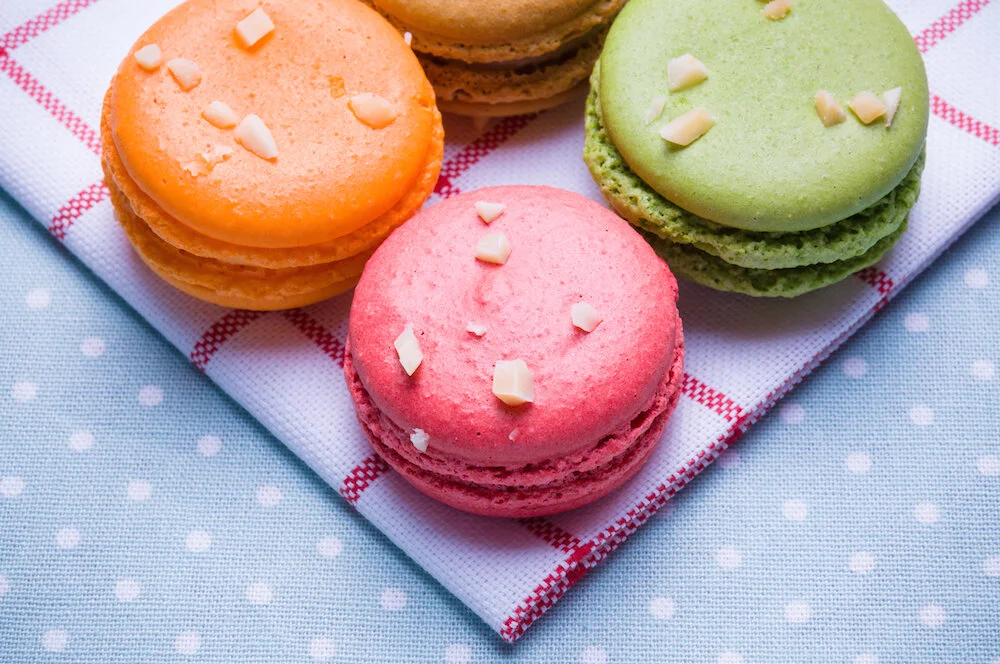THE PSYCHOLOGY OF COLOURS
The psychology behind colour and branding: What does your colour say about your brand?
Apple, Microsoft, Google, Coca-Cola, IBM, and McDonalds; six of the most recognised brands in the western world today.
What’s their secret? To put it simply, each of these companies has successfully managed to sell a belief, vision and a connection to their audience, and have been able to communicate that through their branding.
The aesthetics of your brand’s logo and the integration it has with the messages you send, need to be a marriage made in heaven.
The psychology behind colours and branding has become the backbone of brand perception and association of a brand. The colours you choose to represent your brand will speak differently to various target audiences and from this, your brand's ‘personality’ will be formed.
By understanding the qualities, certain colours portray and how these may vary with differing facets of society (e.g. demographics, gender, culture, and traditions) you will successfully communicate the brand's ethos.
Here are some commonly used colours and perceptions they relate to:
Black:
Black Limousines, Black Amex, Tom Ford and Chanel…Black equals exclusive, luxurious, and powerful.
Blue:
A trustworthy and secure colour that resembles responsibility and intelligence. Technology companies such as Dell IBM, Facebook and PayPal seek to portray such qualities.
Green:
Different colours supposedly change our mood, even before we realise it. Green has been proven to be the easiest colour for the human eye to process and from this, feelings of growth, renewal, relaxation, gentle, and safety are commonly experienced. Starbucks is an internationally renowned brand that uses Green predominantly in their branding. This evokes a feeling of relaxation and rejuvenation in the consumer as they associate the brand with their daily routine.
Orange:
Orange encourages feelings of energetic fun and enthusiasm. It is a warm and friendly colour that is commonly used to appeal to a younger market. Brands such as Nickelodeon and Fanta both encompass these traits.
Pink:
Now it may seem obvious but the use of Pink draws a feminine touch to a brand. Portraying a calm, loving and romantic brand personality. Think Victoria’s Secret!
Purple:
Pulling on the nostalgic strings, Purple heightens the senses of sentiment (we’re looking at you Hallmark). The colour also portrays a sense of success, wisdom, and loyalty which obviously points to Cadbury…I mean, FedEx!
Red:
Red can commonly elicit the feeling and emotion of excitement and energy. It also heightens a sense of urgency and is often used to announce clearance sales. Coca-Cola is a globally recognised for their red branding which creates a feeling of excitement and fun.
White:
The pure, and innocent colour that often denotes cleanliness. Apple use White throughout their branding and have managed to create a seamless brand image and personality.
Yellow:
The use of Yellow highlights a brand’s optimistic, youthful, and creative nature. Brands such as our own, Popcom have used yellow to portray the positive, innovative, and stimulating character of the brand.
Understanding the target audience is essential in the process of choosing an appropriate colour scheme to represent your brand.
Once you have grasped an understanding around the demographic, traditional colours, colours your competitor uses etc. the development of your brand’s personality will piece it together.
If colours have got you curious, or if you are looking a developing a new look and feel for your company, contact us, we are always up for a chat.
By Amelia Pridham


